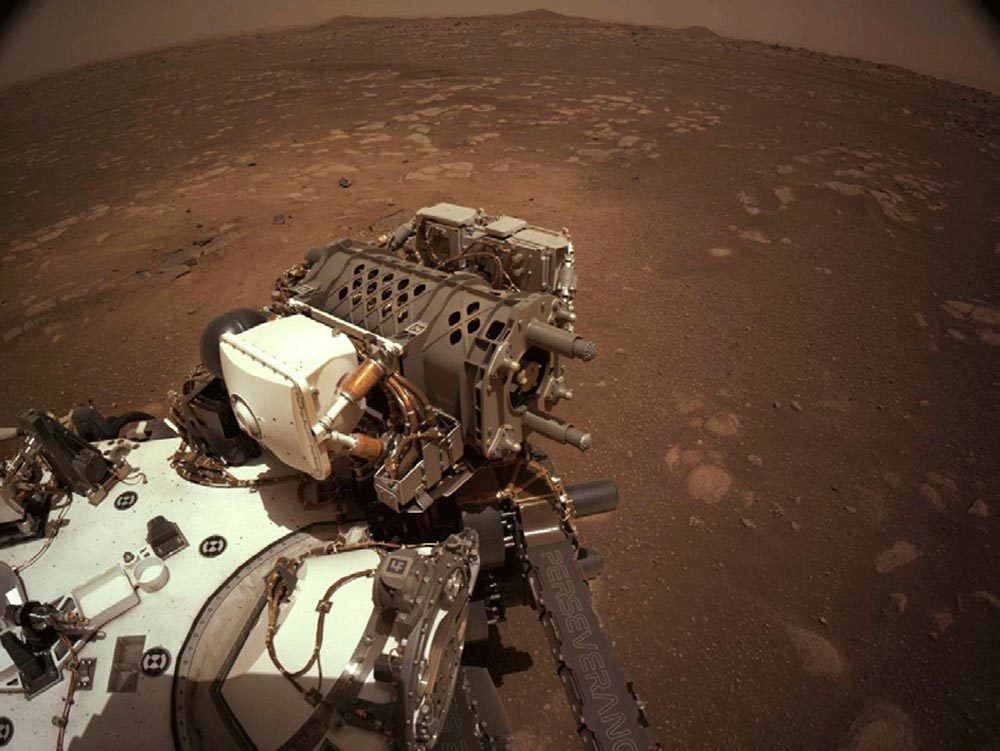Engineering Legacy: Maxon (1961)
The "Engineering Legacy" series gives historical context to mechanical power transmission components featured in PTE. Next up, maxon motors. If you'd like your company featured in "Engineering Legacy" contact Matt Jaster at jaster@agma.org.
Our next legacy entry is maxon, a global leading provider of electric drive systems. The company provides single-source DC and BLDC motors, gearheads, sensors, control electronics, mechatronic drive systems and more-from individual prototypes to large-scale production. The history of maxon begins with Interelectric AG in Frankfurt.
Interelectric AG was founded on December 5, 1961, as a production site for Braun, the electrical engineering company based in Frankfurt. The company chose a picturesque location in Sachsein, Switzerland.
In 1963, the company began producing galvanoplastic-metal-coated items. The most important of these were the shearing foils for the popular Braun shavers. A development department was also established for electromechanical devices during this timeframe.
The development of the maxon DC motor took place in 1968/1969. The ironless rotor technology almost doubled the efficiency in comparison with traditional motors. The diamond-shaped winding and the manufacturing processes were patented and maxon was registered as a trademark.
Maxon motors was founded in 1979, and the motors were used in everyday devices such as pocket calculators, tape recorders, and video equipment. Interelectric AG Munich founded its first subsidiary under the name: maxon motor GmbH.






